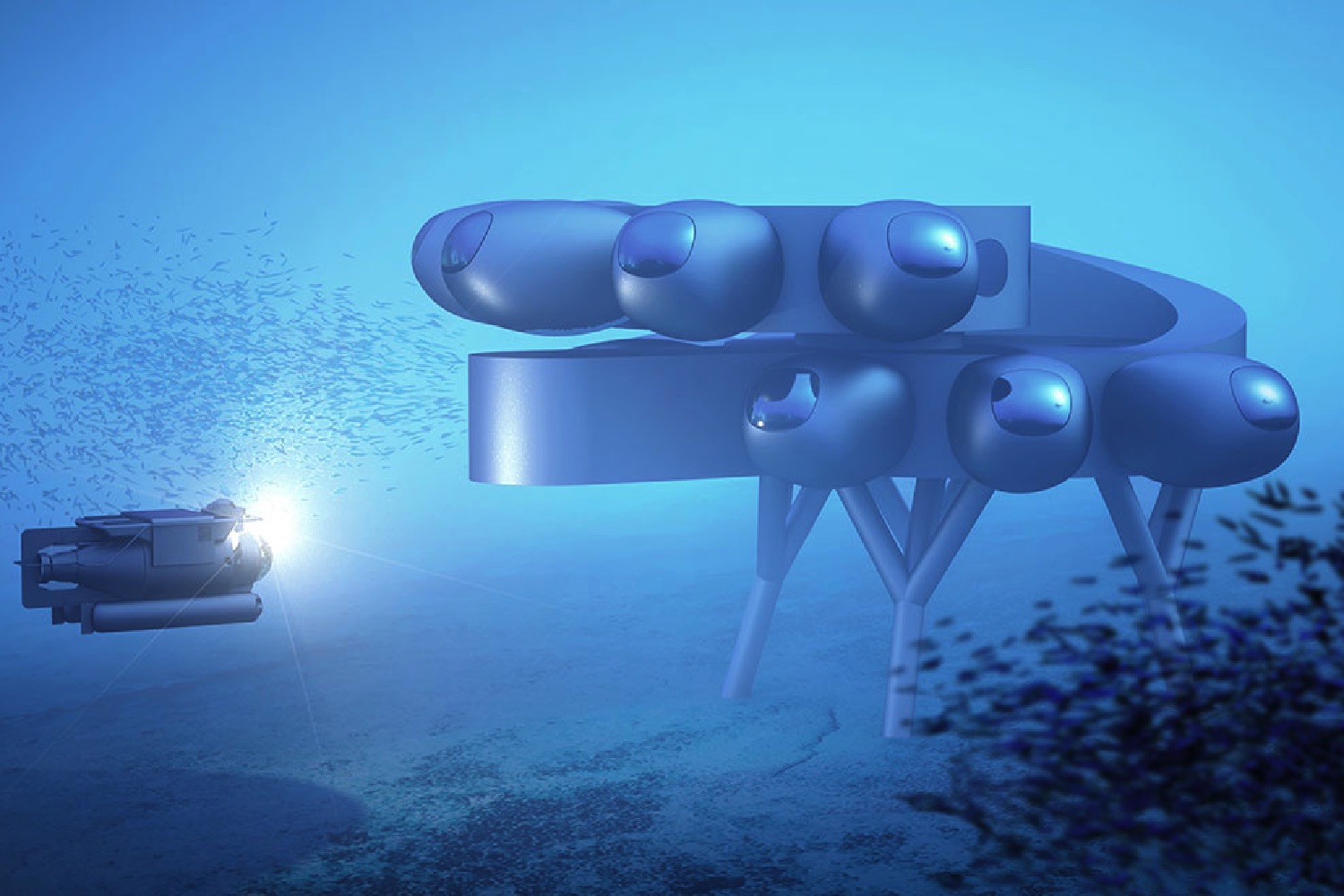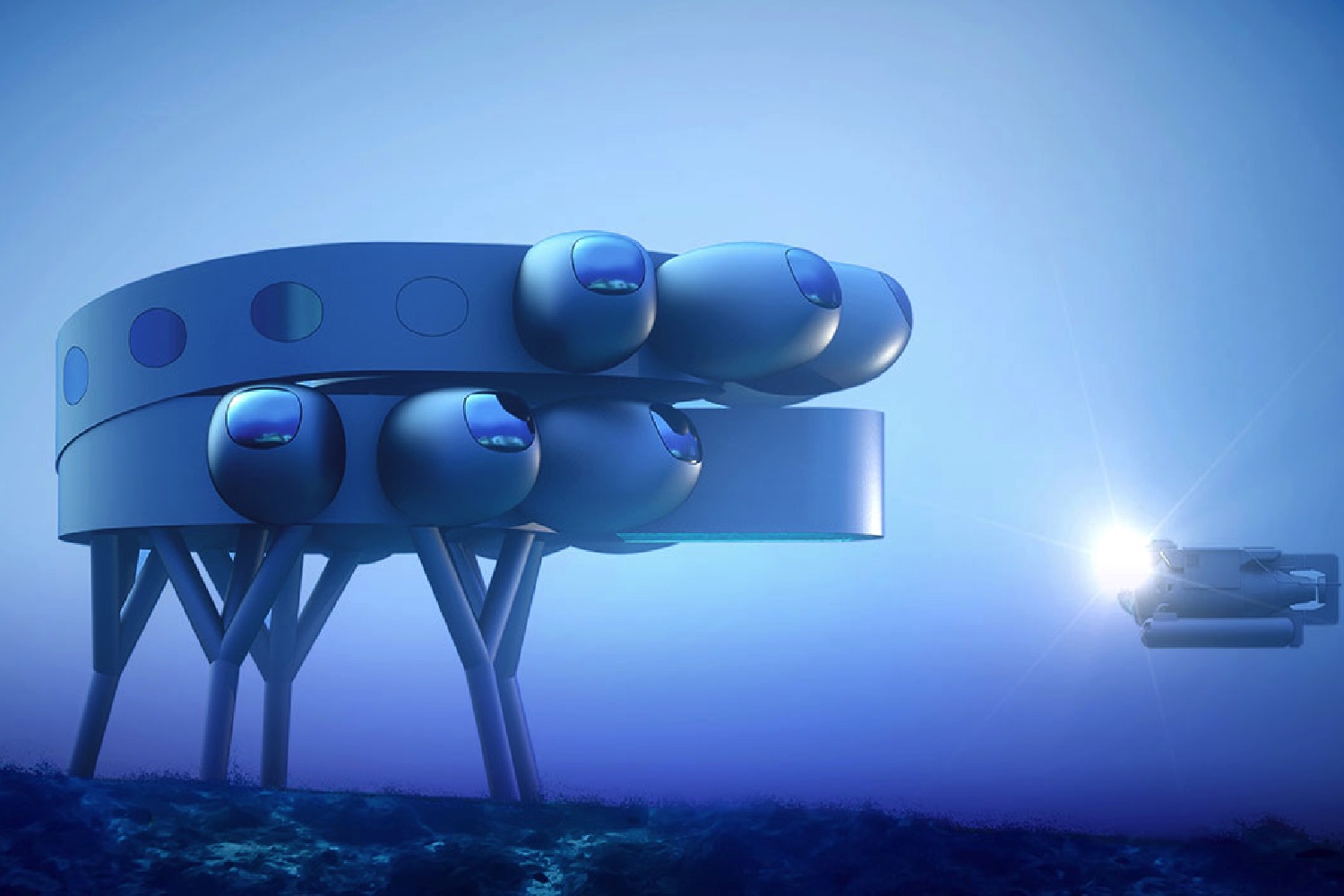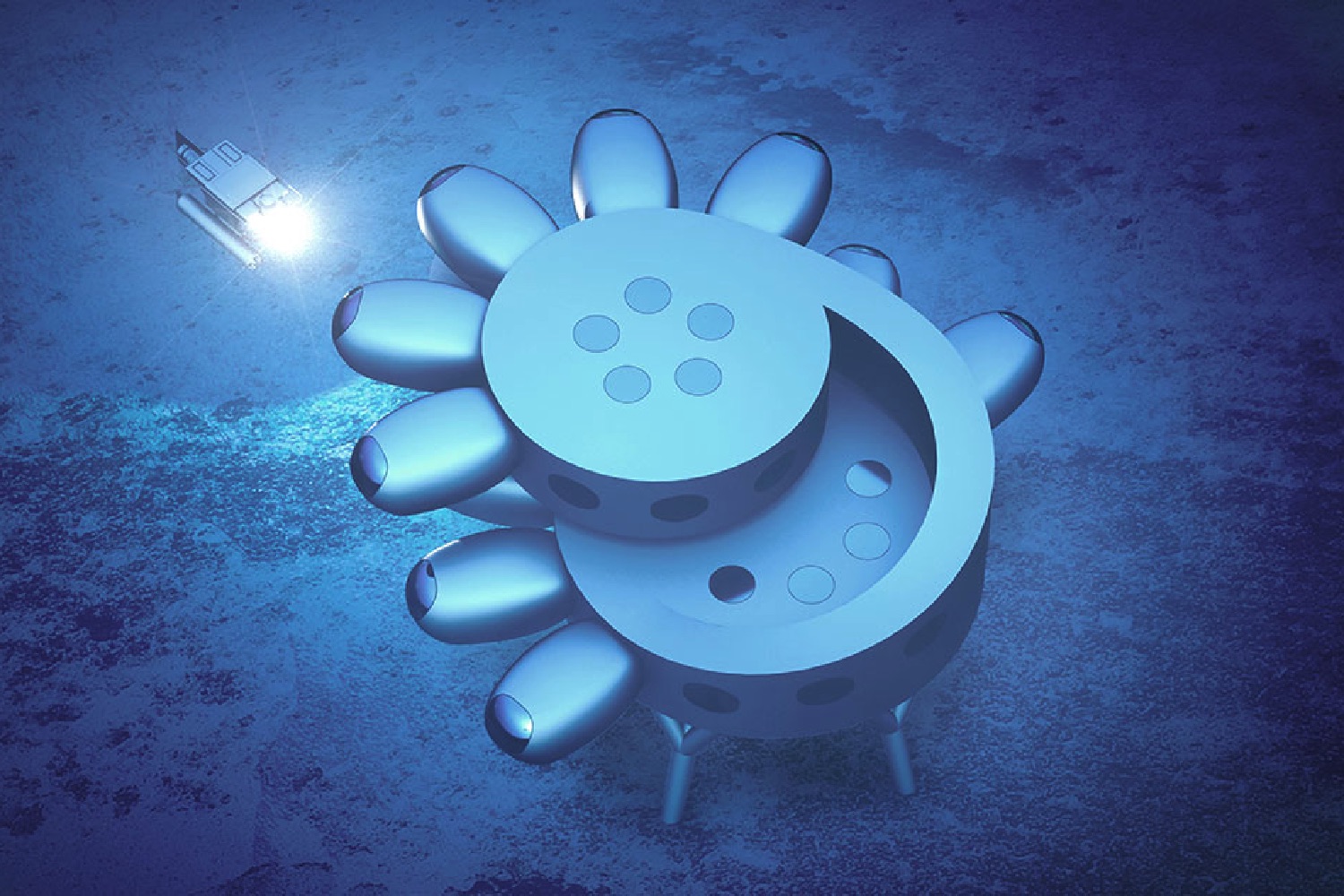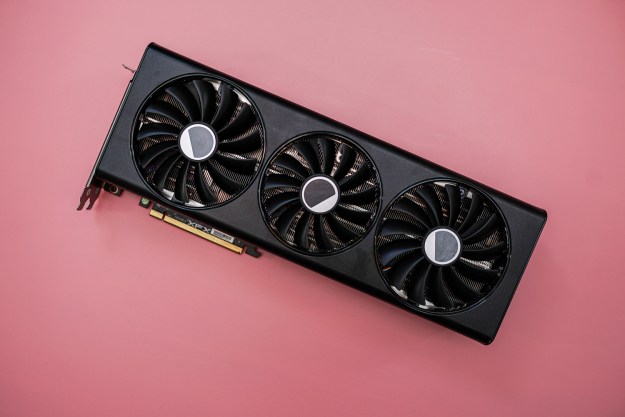Earth’s orbit already has the International Space Station, but its oceans could soon be home to their own futuristic research center — at least if industrial designer Yves Béhar and aquanaut Fabien Cousteau (son of filmmaker Jean-Michel Cousteau and grandson of Aqua-Lung co-creator Jacques-Yves Cousteau) have their way.
The intrepid duo have announced plans for the construction of Proteus, a 4,000-square-foot modular lab that will sit 60 feet below the surface of the Caribbean Sea off the coast of Curaçao. It will serve as the world’s largest underwater habitat and research station, and provide a base for researchers hoping to study the ocean. The plan is to be able to accommodate up to 12 people at a time.
“Ocean exploration is 1,000 times more important than space exploration for — selfishly — our survival, for our trajectory into the future,” Cousteau told CNN in an interview. “It’s our life support system. It is the very reason why we exist in the first place.”
It’s certainly a compelling take, and one that’s not necessarily espoused all that much at a point in history when pioneers like Elon Musk and Jeff Bezos are more concerned with looking to the stars, and launching spacecraft and discussing Mars colonization.
As the initial designs show, Proteus will consist of a two-story circular structure attached to the ocean floor on stilts, with miniature pods seeming to cling to its surface like high-tech barnacles. Inside will be areas including laboratories, personal quarters, an underwater greenhouse for growing food, an ocean-accessing moon pool, and more. The aquatic research center will be sustainably powered with wind and solar energy, along with ocean thermal energy conversion processes.
At present, the world’s sole underwater habitat is the 400-square-foot Aquarius Reef Base in the Florida Keys. Aquarius was designed in 1986 and has been in operation since then. The newly proposed Proteus, at 4,000-square-feet, aims to be significantly larger.
The plan is reportedly for construction to take place over three years. However, it has already been delayed by the coronavirus pandemic.
Will such an ambitious project ultimately come to fruition? That remains to be seen. It’s certainly an exciting development, though. There’s probably a James Bond villain or two wishing they’d come up with this design (albeit with a few extra deadly flourishes) first.





